| | | | | | | Presented By NYSE | | | | Axios What's Next | | By Jennifer A. Kingson and Joann Muller · May 02, 2022 | | Happy Monday! Think your monthly car payment is high? Wait until you have to start paying monthly fees to keep its best features. Joann Muller explains below. - If you're confused about what to wear to work, you're not alone. The good news: almost anything goes.
- What do you see in the days ahead? Email us at whatsnext@axios.com.
Today's Smart Brevity count: 1,073 words ... 4 minutes. | | | | | | 1 big thing: Car features that require subscriptions |  | | | Illustration: Aïda Amer/Axios | | | | GM expects car buyers to pay an average of $135 a month in coming years for bonus features like navigation, hands-free driving technology and other digital services that customize the in-car experience. - That's on top of their monthly car payment.
Why it matters: Auto giants, borrowing a page from tech services sustained by predictable recurring revenue streams, envision billions of dollars in new income by turning the car into a content platform and charging vehicle owners for subscriptions to premium features and services. The problem is, they're competing for consumers' subscription budgets with Netflix, Hulu, Spotify and a growing smorgasbord of other monthly services. New cars are already too expensive for many people, selling for an average of $45,927, or 43 weekly paychecks, in March, according to Cox Automotive's Kelley Blue Book. Driving the news: People don't want to be nickeled and dimed for stuff they think should be included in the price of the car, according to a new survey by Cox Automotive. - 75% of consumers said they were not willing to pay an annual or monthly subscription fee for most items on their next vehicle.
- Safety and comfort features, in particular — things like heated and cooling seats, remote start, lane-keeping assist and automatic emerging braking — should be part of the purchase price, they said overwhelmingly.
The survey results can't be good news for automakers like GM, which sees $20 billion to $25 billion a year in new revenue by tapping into software and subscription services that enable new vehicle experiences and connect customers' digital lives. The big picture: The entire auto industry is headed toward subscription features as new vehicles get updated like a smartphone. - In many cases, premium features are included for an initial trial period, but then car owners have to pay a monthly fee to keep them.
- Buyers of the 2022 Toyota Tundra, for example, will need to pay $32 a month to keep most of its connected services and cloud-based navigation after a one-year trial.
- And Cadillac Escalade buyers who want its Super Cruise hands-free driving system pay $2,500 upfront, then an additional $25 per month after a three-year trial period ends.
The bottom line: As the subscription economy spreads everywhere, maxing out consumers' monthly bills, every big industry will end up fighting for a slice of a limited pie. Read the full story. |     | | | | | | 2. Smart beds need chips, too | 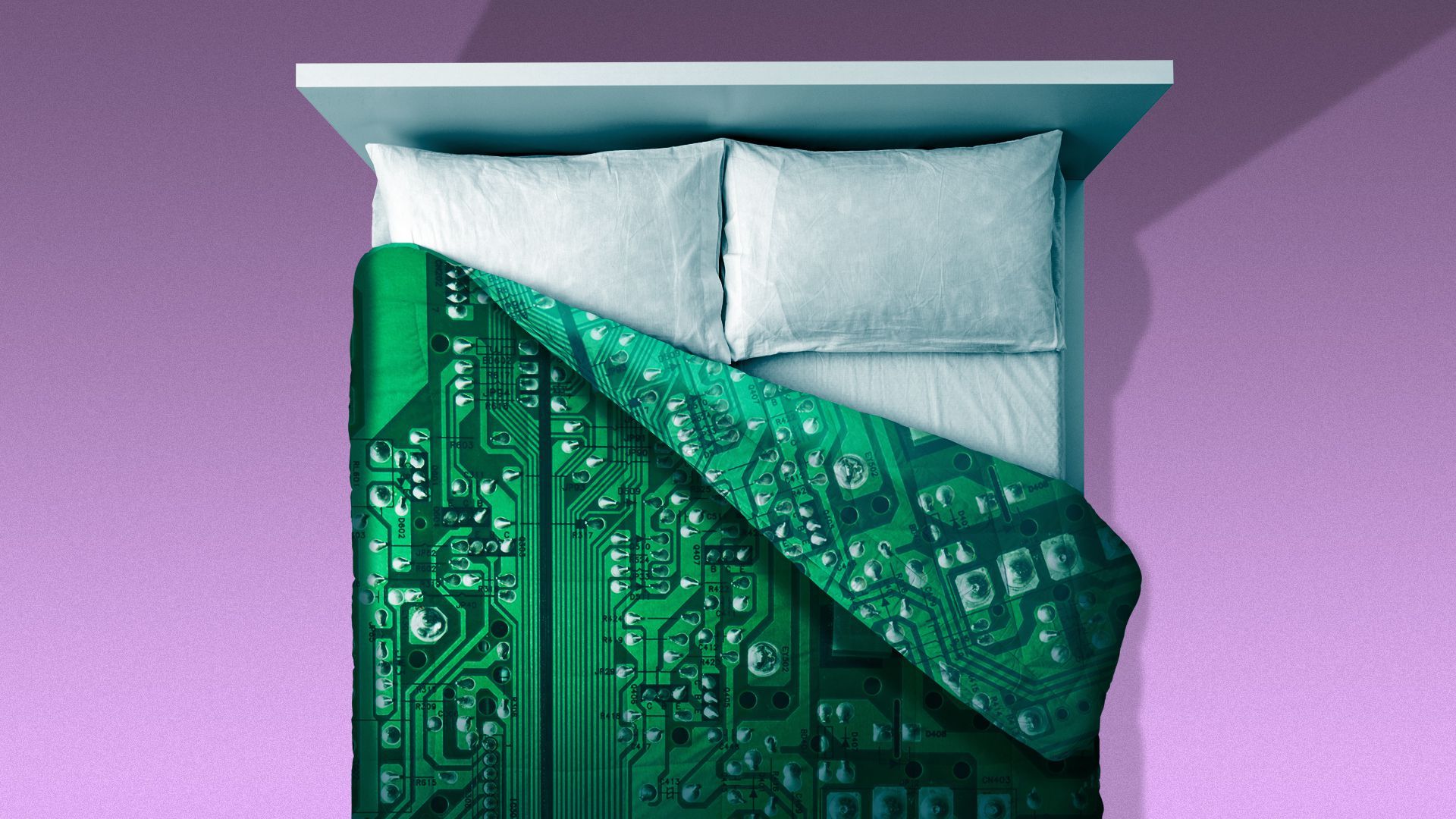 | | | Illustration: Sarah Grillo/Axios | | | | There's a new reason to lose sleep over the chip shortage, Axios' Nathan Bomey writes. - Sleep Number's mattress production capacity is plunging as lockdowns in Shanghai further slow the output of semiconductors needed to make the company's high-tech beds.
Why it matters: Our need for chips goes far beyond phones and cars, making us vulnerable to hiccups in the supply chain. - "When we think about chips, we think about supercomputers and servers and PCs — and the pandemic finally brought to light that almost everything runs on semiconductors: our ovens, refrigerators, the lights in our home," Daniel Newman, principal analyst at Futurum Research, tells Axios.
The big picture: Chipmakers, spurred on by Washington officials, have announced around $80 billion in investments in U.S. manufacturing since the start of 2021, according to the White House. - Yes, but: Most of those plants won't come online for a few years.
|     | | | | | | 3. Charted: Our pandemic nesting habits |  Data: U.S. Bureau of Economic Analysis; Chart: Thomas Oide/Axios Details from last week's first-quarter GDP report show a snapshot of how the world has changed over the last few years, Axios' Matt Phillips writes. Why it matters: The COVID-era focus on homebuying, home optimization and remodeling is an example of the remarkable changes that occurred in the American economy and individual behavior over the last couple of years. State of play: Residential fixed investment activity — a category of the GDP report that includes everything from constructing new homes and apartment buildings to remodeling and alterations — surged in the aftermath of COVID and has remained above pre-pandemic levels. - In contrast, recreation services activity — which encompasses gambling, museums and movies, among other activities — plummeted at the onset of the pandemic and still hasn't completely recovered.
What we're watching: How long it takes for the flurry of investment in housing to die down in the face of sharply higher mortgage rates. |     | | | | | | A message from NYSE | | Connecting tech companies to more capital | | | 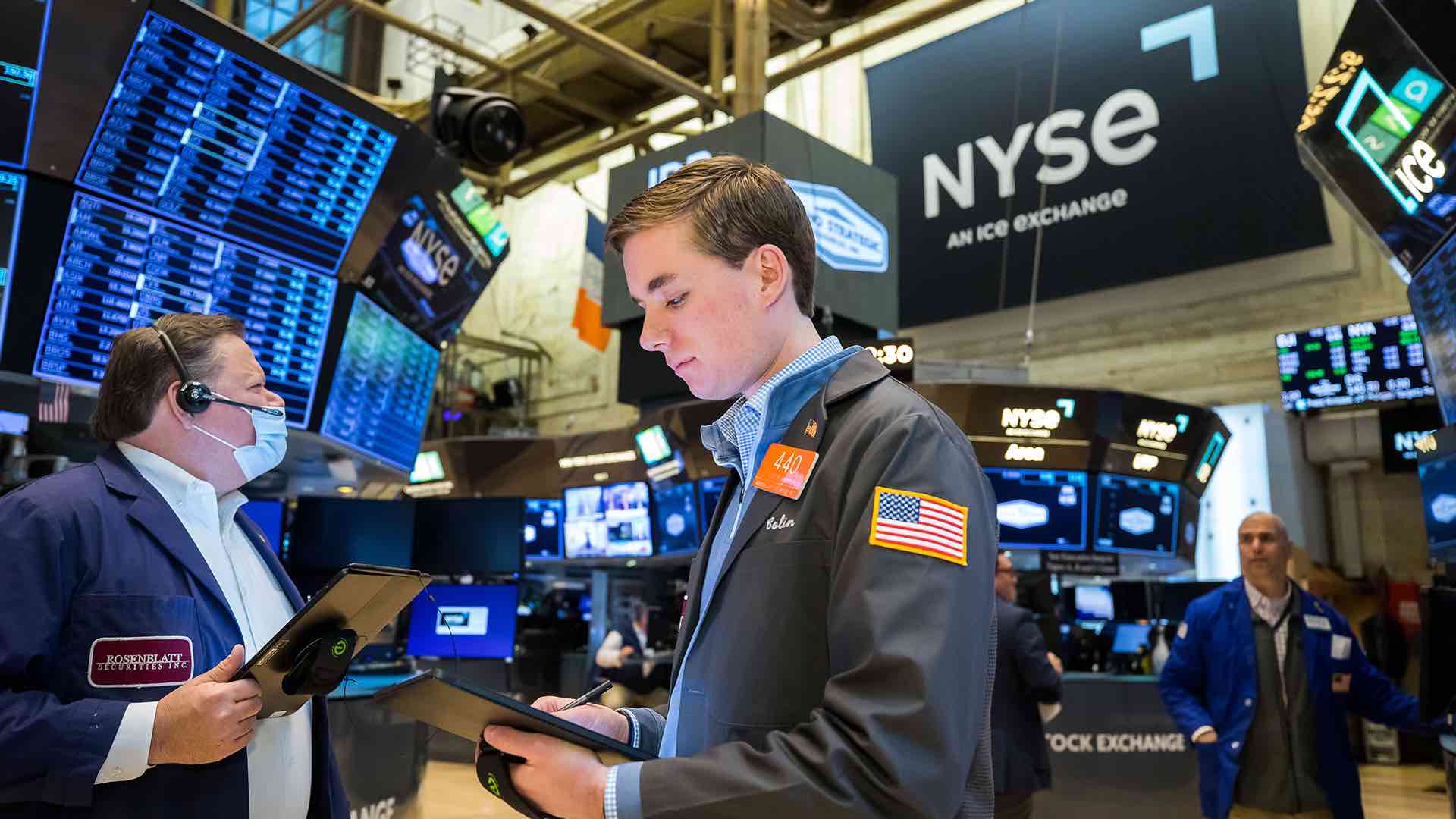 | | | | NYSE has raised more capital for tech companies than any other stock exchange in the world. Hundreds of companies including Snowflake, Roblox, Toast, Asana, Unity and Nextdoor have joined the NYSE to raise the capital they need to change the way we live, work and play. Make your vision a reality. | | | | | | 4. Climate change could bring more pandemics | 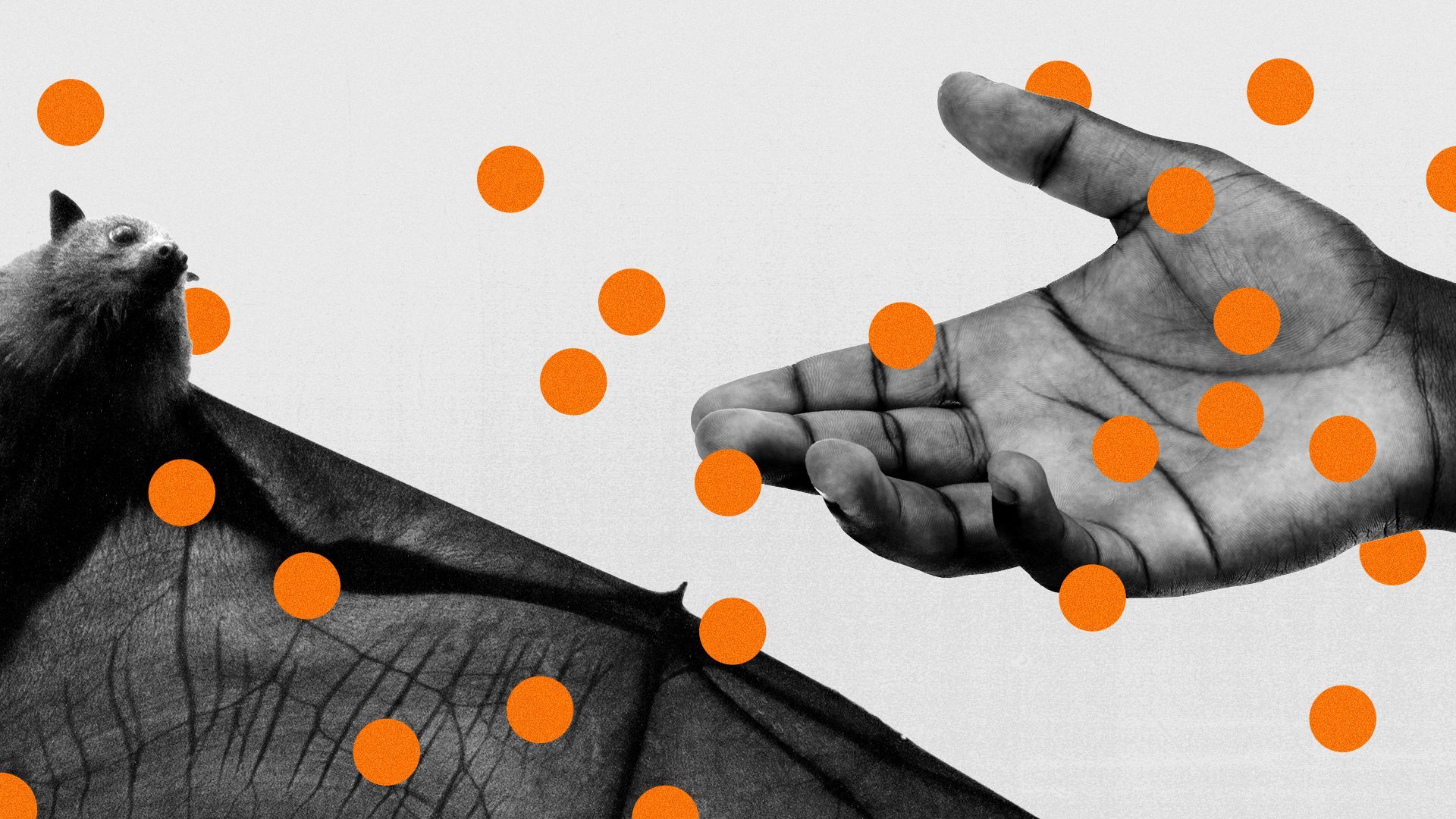 | | | Illustration: Shoshana Gordon/Axios | | | | Climate change could increase the spread of diseases between animals and humans over the next 50 years, according to a new study, Alison Snyder and Andrew Freedman write in Axios Science. Why it matters: Pressure on species to migrate could create new opportunities for viruses to jump from one species to another, increasing the chance of a pandemic in humans. Details: The study, published in the journal Nature, shows how climate change and land use shifts will push pathogens' host animals to new places where they will mingle with other species for the first time. - These inter-species connections will expand the reservoirs for viruses, further threatening endangered species and increasing the chances of viruses spilling over to humans.
The bottom line: Two global crises are potentially colliding. |     | | | | | | 5. One fashion thing: spandex everywhere | 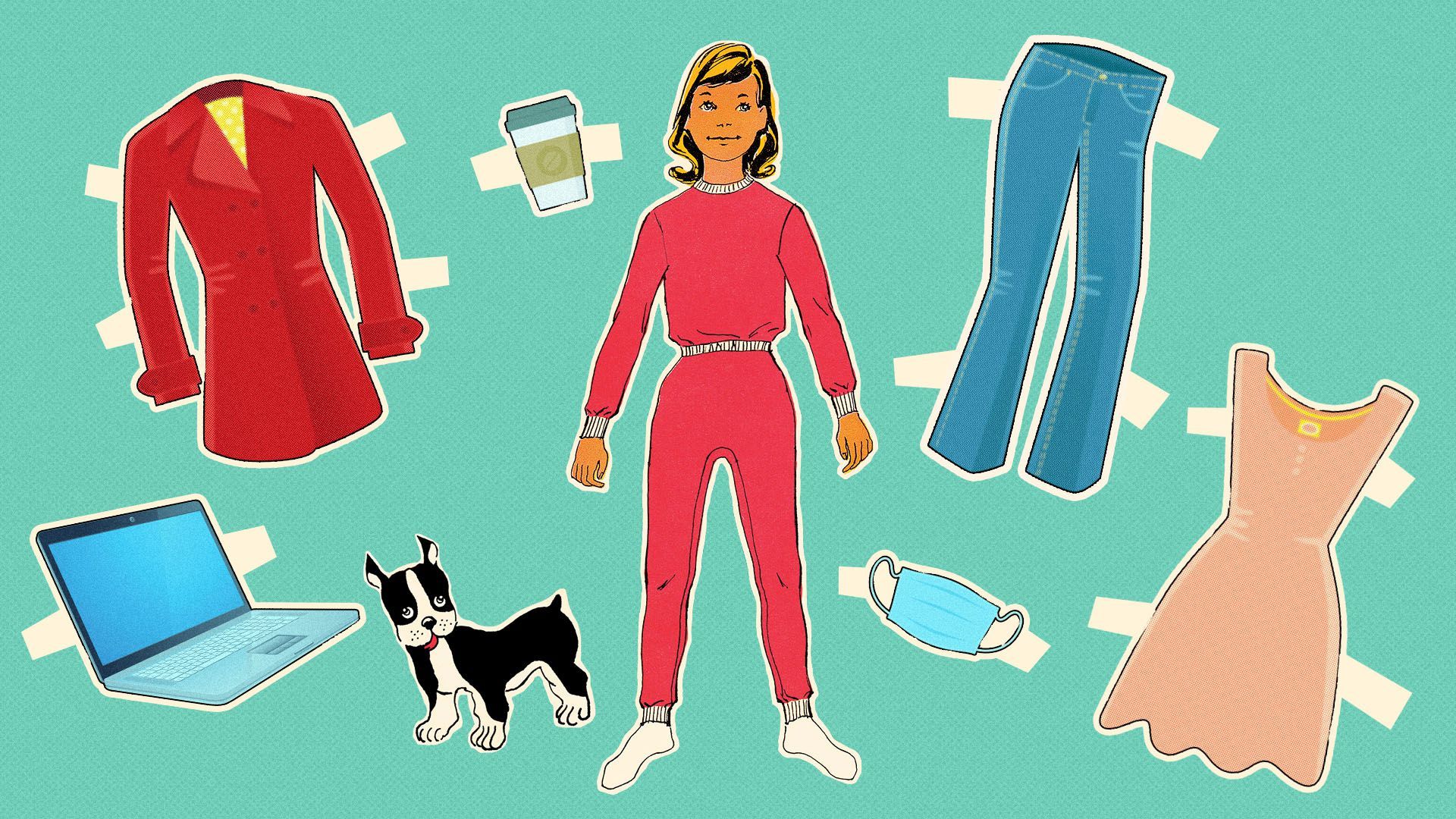 | | | Illustration: Sarah Grillo/Axios | | | | People are still figuring out what to wear to work as they gradually return to the office, but chances are it involves spandex. What's happening: Softer, stretchier styles are the new norm for what retailers are calling "workleisure," "power casual" or "business comfort," The New York Times reports. - Besides elastic waistbands, stores are also showing more casual cardigan blazers, graphic tees and stretchy denim.
- Women's shoes are getting flatter and more casual too.
- "It wouldn't be strange to see a really hip elastic-waist fleece jogger with a really incredible blazer, maybe with a sharp white cotton shirt under it," said Shea Jensen, Nordstrom's general merchandise manager for men's and women's apparel. "There's more license across the items in your closet."
Companies know their employees are stressed out and confused, so they don't want to make a fuss about their attire, Jaehee Jung, a professor of fashion and apparel studies at the University of Delaware, told the Times. - "People are also endorsing more casual looks for their employees so that they feel more content and happy."
The catch: Professionals who work for law firms and government jobs have had to turn to used clothing sites like Poshmark to find more formal office garb. Yes, but: "The return to more structure is definitely on the horizon," says Nordstrom's Jensen. That means crisp cotton shirts, colorful power suits and structured blazers and trousers. |     | | | | | | A message from NYSE | | A vision for our future in 5 questions? We're listening | | | 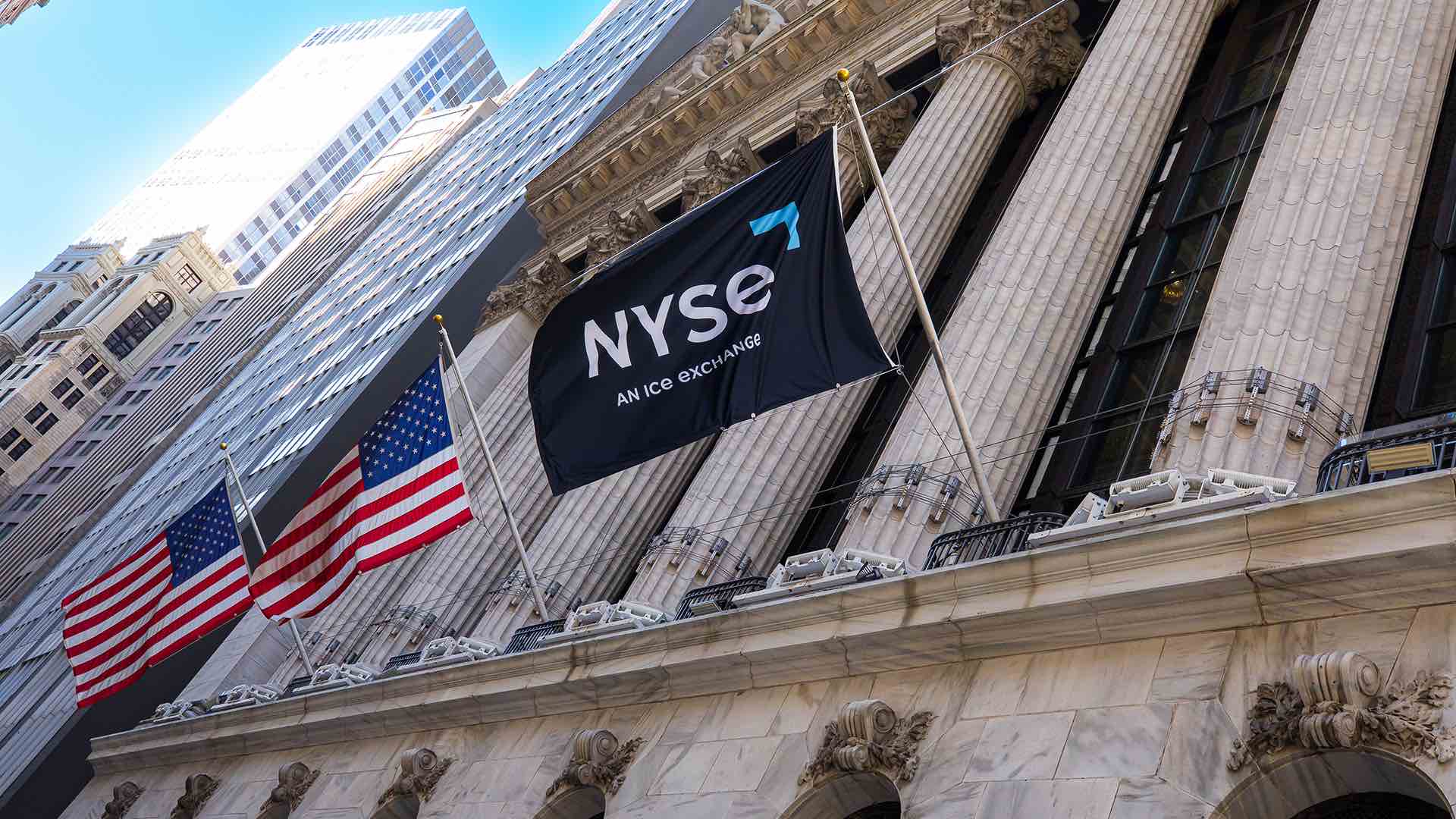 | | | | The NYSE sat down with CEOs, venture capitalists and thought leaders in technology to discuss key trends impacting society, what business leaders should be prioritizing and which ESG issues are dominating the corporate agenda. Get inspired: Watch now. | | | | Was this email forwarded to you? Get your daily dose of What's Next magic by signing up for our free newsletter here. |  | It's called Smart Brevity®. Over 200 orgs use it — in a tool called Axios HQ — to drive productivity with clearer workplace communications. | | | | | | Axios thanks our partners for supporting our newsletters. If you're interested in advertising, learn more here.
Sponsorship has no influence on editorial content. Axios, 3100 Clarendon Blvd, Suite 1300, Arlington VA 22201 | | | You received this email because you signed up for newsletters from Axios.
Change your preferences or unsubscribe here. | | | Was this email forwarded to you?
Sign up now to get Axios in your inbox. | | | | Follow Axios on social media:    | | | | | |










No comments:
Post a Comment